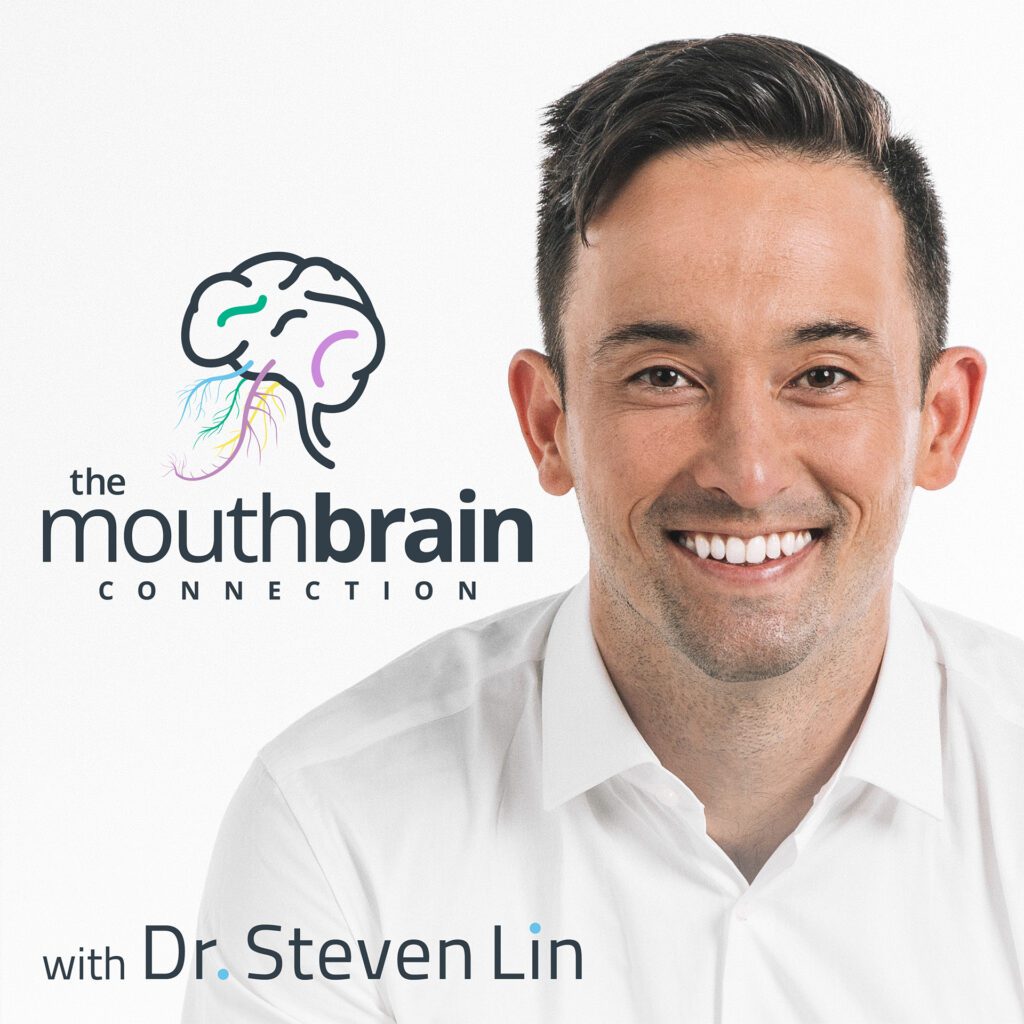
Botox is best known for smoothing out wrinkles and refreshing your appearance—but there’s much more happening beneath the surface. Recent studies reveal that Botox may do more than just freeze facial muscles. It can subtly alter how your brain processes emotions, affect motor skills like hand movement, and even influence conditions like TMJ and bruxism.
If you’re considering Botox, it’s essential to understand not only the cosmetic results but also the short- and long-term side effects. This blog dives into what really happens before and after Botox, from visible changes to lesser-known neurological effects.
How Botox Works: More Than a Wrinkle Reducer
Botox, or botulinum toxin type A (BoNTA), is a neurotoxin that temporarily paralyzes muscles. It’s primarily used to smooth out wrinkles on the forehead, around the eyes, and mouth by limiting facial muscle movement.
But Botox doesn’t just impact your appearance—it also affects the connection between your muscles and your brain. According to the facial feedback hypothesis, our facial expressions send signals to the brain that shape how we feel. Botox can interrupt this feedback loop, leading to a decrease in emotional intensity.
Botox Before and After: Emotional Side Effects You Might Not Expect
A study published in Nature found that Botox may reduce activity in the amygdala, the brain region responsible for processing emotions like fear, sadness, and joy. When facial muscles are paralyzed, participants showed a reduced emotional response when viewing or mimicking emotional expressions.
Facial Expressions Aren’t Just Cosmetic—They’re Emotional Signals
Facial expressions play a critical role in how we communicate and connect—not just with others, but even with ourselves. Our ability to feel and understand emotions is partly shaped by how we move our face. This is especially true in early development.
👉 Research shows that young children—especially infants—develop emotional and neuromotor skills by observing and mimicking their caregivers’ facial expressions. A mother’s smile, frown, or look of surprise teaches a baby not only how to feel but also how to react and socially engage. Botox, by reducing facial expressiveness, could potentially limit these vital emotional cues in parent-child bonding.
Emotional Side Effects of Botox May Include:
-
Blunted emotional reactions (less intensity when feeling joy, sadness, or fear)
-
Difficulty connecting with others emotionally
-
Reduced empathy in social interactions
-
Disruption of non-verbal bonding, especially with infants
-
Changes in self-perception due to reduced facial expression
While some may view Botox’s emotional dampening as beneficial—particularly in managing anxiety or emotional reactivity—it can create subtle but meaningful barriers in relationships and emotional wellbeing.
Motor Function After Botox: How It May Affect Hand Movements
While Botox is injected into facial muscles, it may have a ripple effect in the brain. That’s because the motor cortex—which controls both facial and hand movements—has overlapping regions.
Potential Physical Side Effects:
-
Subtle changes in hand dexterity or coordination
-
Reduced precision in fine motor tasks like typing, writing, or playing instruments
-
Long-term changes in motor function with repeated treatments
Although these effects are often mild, they may become more noticeable for people who rely on precise skills in their work or hobbies—such as surgeons, musicians, artists, and writers.
Botox for TMJ and Bruxism: Relief Comes With Risks
Botox is increasingly used as a treatment for TMJ disorders and bruxism (teeth grinding).
By relaxing overactive jaw muscles, Botox can:
-
Reduce jaw tension and pain
-
Prevent teeth grinding
-
Alleviate related symptoms like headaches and earaches
However, there are some side effects to consider, particularly for individuals with sleep apnea or other breathing issues. Botox’s muscle-relaxing effects could narrow the airway during sleep, potentially making breathing more difficult.
It’s important to discuss breathing health with a doctor before considering Botox for TMJ or bruxism, especially if you experience snoring, interrupted sleep, or fatigue.
Long-Term Botox Use: Cumulative Emotional and Physical Effects
With ongoing Botox treatments, users may begin to notice more significant changes. Over time, higher doses may be needed to maintain cosmetic results, which could increase the likelihood of emotional and motor side effects.
What Long-Term Users Should Monitor:
-
Gradual changes in emotional responsiveness
-
Reduced facial expressiveness, which can affect social connection
-
Diminished motor coordination, especially for tasks involving the hands
For people whose work or lifestyle requires high levels of emotional attunement or motor precision, these side effects can be more than just inconvenient—they can impact performance and relationships.
Common Botox Side Effects: What You Might Experience
While Botox is generally safe when administered by a trained professional, it’s important to be aware of the most commonly reported side effects:
-
Bruising or swelling at the injection site
-
Headaches or flu-like symptoms shortly after treatment
-
Muscle weakness near the injection area
-
Reduced emotional intensity
-
Impaired fine motor skills, especially with frequent treatments
If you experience symptoms that affect your breathing, mood, or physical performance, consult your healthcare provider immediately.
To support regenerative farming and have access to affordable grass-fed organic meat, please visit our sponsors Grass Roots Farming Coop: By following this link and using the discount code DRSTEVENLIN you can get 15% off all your organic meat orders delivered straight to your door:
15% Discount Code DRSTEVENLIN
Final Thoughts: Is Botox Right for You?
Botox offers powerful cosmetic and therapeutic benefits—but the effects go beyond the mirror. The before and after of Botox includes not only visible improvements but also potential shifts in how you feel, move, and connect with others.
If you’re a parent, caregiver, artist, or professional who depends on emotional expression or fine motor skills, it’s important to consider how Botox may influence those deeper aspects of your life. Research continues to uncover the long-term side effects of Botox, especially when used regularly.
As always, consult with a licensed and experienced practitioner. Be open about your goals, lifestyle, and any health concerns. It may be considered a transformative treatment—but the best results come from informed, intentional choices.
Further reading:
- https://www.nature.com/articles/s41598-023-29280-x
- https://www.annualreviews.org/content/journals/10.1146/annurev.ps.40.020189.001341
- https://psycnet.apa.org/doiLanding?doi=10.1037%2F0022-3514.38.5.811
To support regenerative farming and have access to affordable grass-fed organic meat, please visit our sponsors Grass Roots Farming Coop: By following this link and using the discount code DRSTEVENLIN you can get 15% off all your organic meat orders delivered straight to your door:
15% Discount Code DRSTEVENLIN








